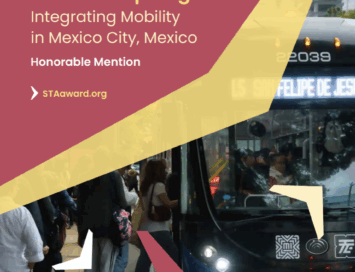Best Practice in National Policy Support for Urban Transportation: Part 1
Source: ITDP
Read Part 2 of this report, which focuses on financing, funding, and capacity
Part 1: Evaluating Country Performance in Meeting the Transit Needs of Urban Populations
With the world’s urban population projected to increase from 3.4 to 6.4 billion between now and 2050, the sustainability of the earth will depend on these new urban residents living as sustainably as possible. One key element of this will be making sure the majority of these new urban residents can live well without depending on the use of the private automobile. Success in large measure will depend on whether the expansion of urban mass transit systems will be able to keep pace with this rapidly growing urban population. Many innovative cities have, on their own initiative, brought about significant long term shifts away from private car use. Overall, however, cities have not expanded their mass transit infrastructure at a pace sufficient to meet the growing needs of their new urban residents, or to stem the risk of irreversible climate change.
In a few countries, like Colombia and Mexico, national governments have played an important role making sure that cities have the financing and technical assistance they need to meet their growing mobility challenges. This paper explores where, whether, and how cities have obtained sufficient help from their national governments to meet their growing urban mobility challenges. With the growing risk of permanent damage to the earth from climate change, it has become imperative to figure out whether there is a role for national governments, and then what that role is, in scaling up municipal level successes to achieve national level changes in urban mobility patterns.
*This report was last updated March 2015



